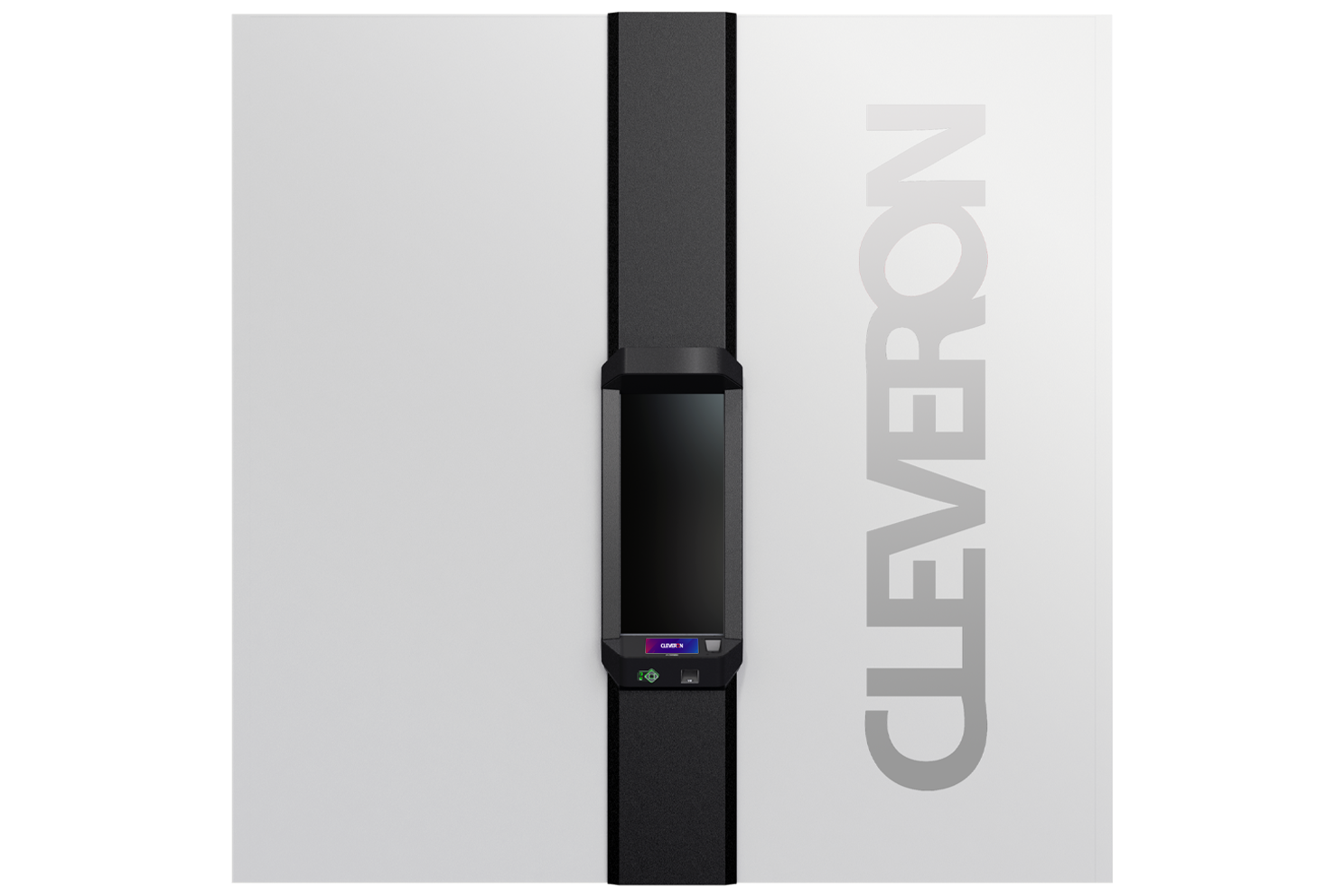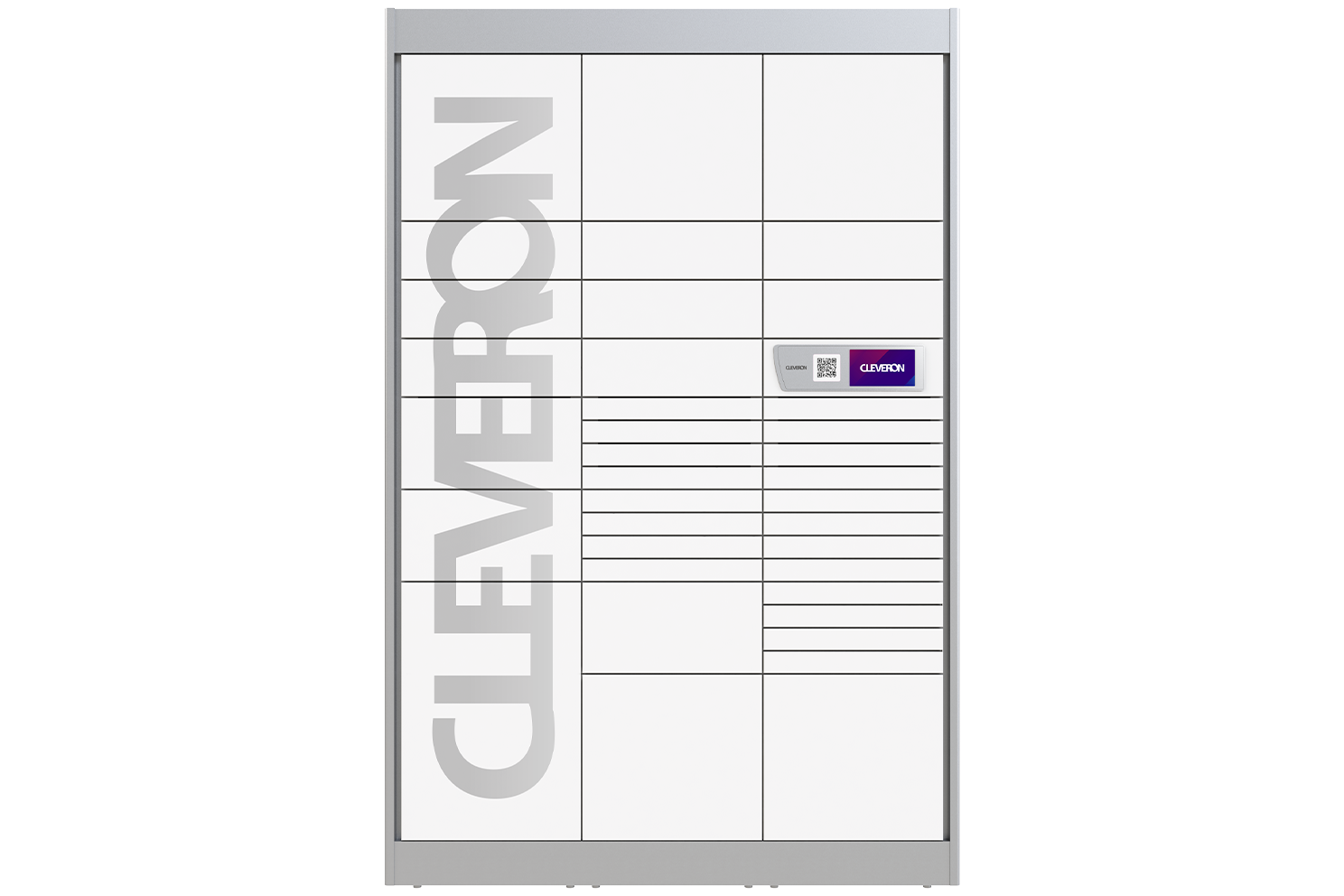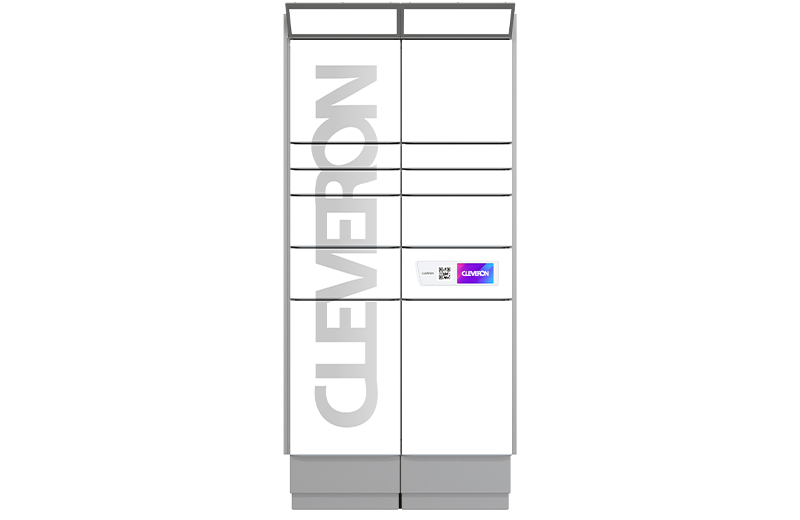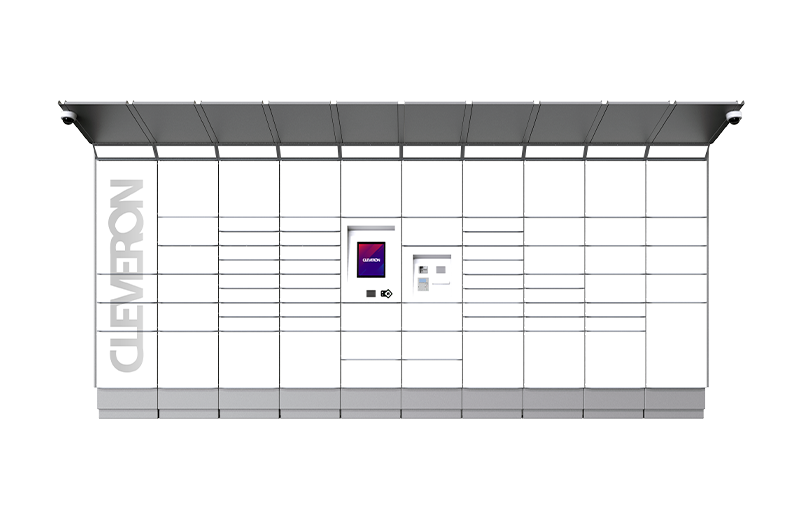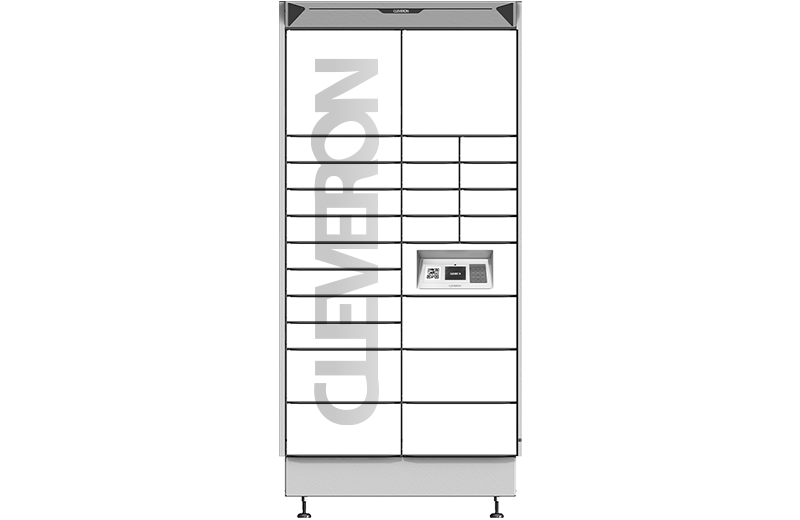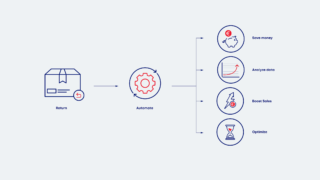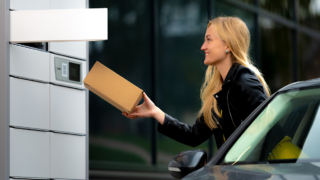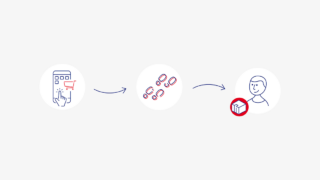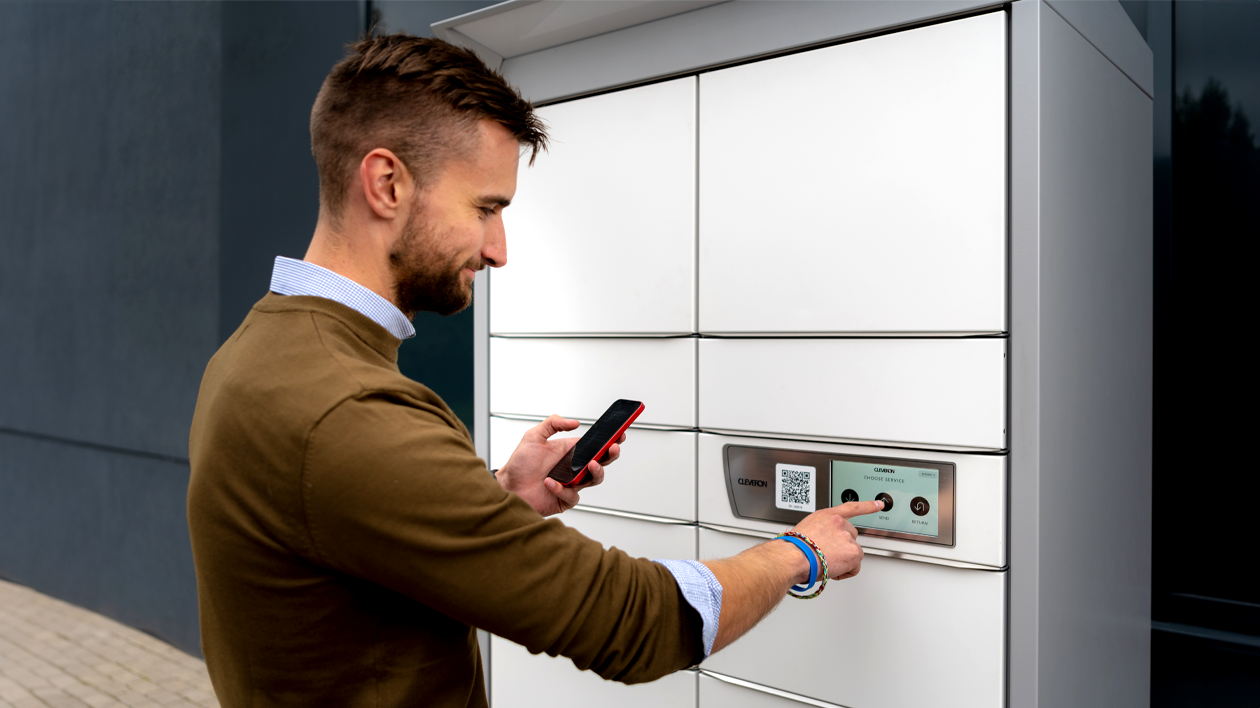
From cost savings to customer convenience, read more to find out what makes the shift from home delivery to out-of-home delivery.
The e-commerce landscape is changing very quickly. Today’s retail landscape revolves around customer convenience. Retailers must look for ways to attract more customers and keep existing customers happy. This also involves a significant shift in the delivery model —from traditional home delivery to out-of-home (OOH) delivery. This transition is not merely a trend but a response to the complex interplay of market growth, consumer and merchant preferences, escalating costs, regulatory changes, and environmental concerns. In this article, we are focusing on the first two aspects.
Customer habits are changing
COVID-19 has been a catalyst for increasing e-commerce as well as changing consumer habits and expectations. Even though e-commerce revenue slightly decreased after the pandemic in 2022, according to a 2024 survey conducted by Statista, e-commerce market revenue will increase more than 50% in Europe by 2028 compared to 2023. As e-commerce continues to grow, customer habits and expectations are evolving accordingly.
Over the past four years customer’s expectations and habits have changed a lot as well. A 2022 survey published by Statista, exploring digital buyers’ attitudes and expectations towards online shopping, reveals a strong preference for speed, convenience, and innovative solutions — qualities closely associated with the out-of-home delivery option. 80% of respondents indicated a desire for the fastest possible completion of their purchases. Additionally, over 60% of consumers expressed a preference for retailers that offer both physical and online shopping options, which highlights the importance of an improved omnichannel strategy. Similarly, over 60% of participants expect retailers to enhance the online shopping experience by making it more engaging and adopting innovative solutions that transform the overall shopping experience.
Retailers must adapt swiftly to this evolving landscape to meet customer expectations and capitalise on market growth opportunities. A notable surge in online shopping has led to a demand for faster, more convenient delivery options. Therefore, out-of-home delivery is a method that needs to be considered.
What is out-of-home delivery?
OOH delivery is a model in which parcels or goods are delivered to locations other than the recipient’s home or work address. These alternative parcel collection points include parcel lockers and automated parcel robots at in-store click-and-collect points and designated outdoor collection points. The OOH delivery approach presents numerous benefits for both consumers and retailers, as detailed below.
Marten Freirik, a retail automation expert at Cleveron, underscores the critical need for adapting from home delivery to OOH delivery. “OOH delivery is not just an alternative to traditional methods; it’s a forward-thinking solution that addresses today’s challenges head-on. It is redefining the future standards for retail parcel handover. With the continuous evolution of e-commerce, adopting OOH delivery is no longer optional, but essential for retailers to stand out among competition.”
The advantages of out-of-home delivery:
- More flexibility and convenience for consumers as OOH delivery often responds to the challenges and limitations of traditional home delivery;
- Multiple pickup locations instead of delivering items to home or office addresses;
- Freedom for customers to choose the time and location where they would like to pick up their parcels instead of waiting for the courier at home;
- Significantly reduces the amount of failed deliveries – a win-win-win situation for retailers, logistics companies and customers;
- First-attempt delivery success is also more sustainable and can lower the carbon footprint associated with parcel deliveries;
- Employee resources are used more efficiently as customers retrieve their online orders from automated click-and-collect stations, freeing store staff previously assigned to these points to engage in tasks that add more value.
- More cost-effective for delivery services since it often involves consolidated deliveries to a single location, reducing the number of individual delivery trips;
- Increase in sales as often customers who collect their orders in-store will make an extra in-store purchase;
- Enhanced security since delivery to secure lockers or staffed collection points can reduce the risk of theft or damage that might occur with parcels left outside homes.
Towards a customer-centric and efficient future
OOH delivery offers a multitude of advantages, including enhanced flexibility, convenience, and environmental benefits, which are crucial for meeting the elevated expectations of today’s digital buyers. Retailers must embrace this shift, leveraging the strengths of OOH delivery to optimise their operations and capitalise on the opportunities presented by the expanding e-commerce market. By adapting to these innovative delivery models, businesses can ensure they remain competitive and responsive to consumer needs, paving the way for future success in the rapidly transforming retail landscape.
Eager to find out more? Fill out the form, and we’ll get in contact shortly.
